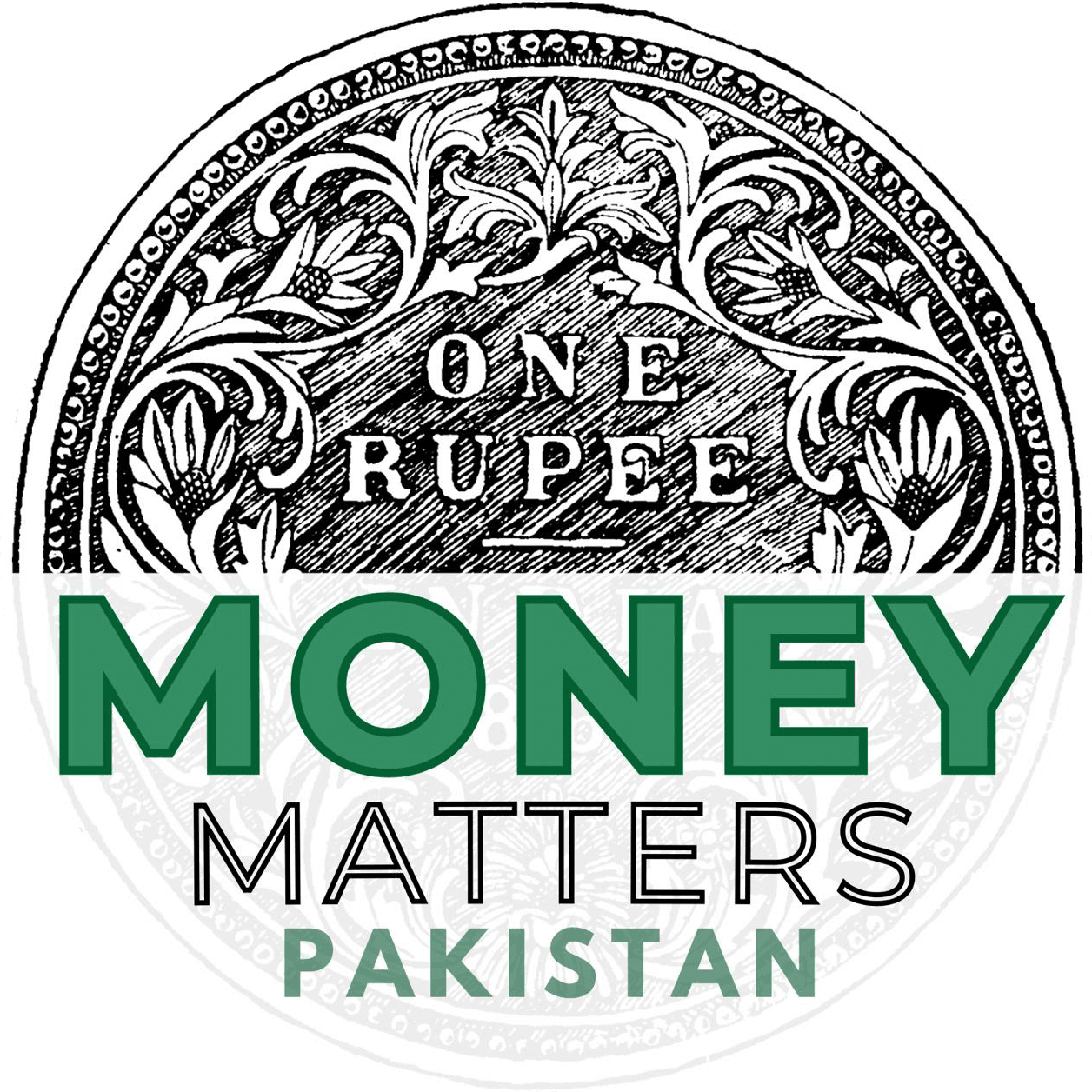Key Takeaways:
- Pakistan’s tax-to-GDP ratio stands at 9%, with 57% of tax revenue dedicated to debt servicing.
- The federal government relies heavily on borrowing due to significant revenue allocation to provinces.
- The State Bank of Pakistan’s high policy rate and inflation impact the nation’s fiscal stability.
Overview of Pakistan’s Fiscal Situation
Pakistan is grappling with severe fiscal challenges, highlighted by a tax-to-GDP ratio of just 9%. A staggering 57% of its tax revenue is utilized for debt servicing, significantly straining the country’s financial resources.
Government Revenue and Debt Servicing
The federal government faces a tough situation as a substantial portion of revenue is transferred to provincial governments. This necessitates borrowing to meet debt obligations. Unlike many other nations, Pakistan’s debt servicing is primarily domestic, compounded by the central bank’s policy rate exceeding 20%.
Impact of Interest Rates on Debt
The high markup rate has a considerable impact on debt servicing costs. Comparatively, India spends 28% of its revenue on debt servicing, with a lower policy rate of 6.5%. If Pakistan could reduce its interest rates, managing debt would become more feasible. However, several obstacles hinder the central bank’s ability to lower rates.
Inflation and Monetary Policy
Inflation, which reached 30% six months ago and dropped to 12% in June, remains a critical issue. Businesses argue that the State Bank of Pakistan’s policy rate is excessively high relative to current inflation rates. The central bank has implemented stringent measures over the past three years to stabilize inflation, though it remains volatile.
Economic instability makes Pakistan a less attractive investment destination. The central bank aims to balance sustainable growth with economic stability, a challenging endeavor given the current fiscal landscape.
Government Borrowing and Expenditure
Excessive government borrowing from domestic commercial banks, coupled with high government spending and low revenue, exacerbates inflationary pressures. The central bank must account for these factors when setting policy rates.
Stability of Local Currency
Maintaining the stability of the Pakistani rupee has been a priority, achieved by controlling imports and managing the interbank dollar rate. The central bank’s strategy involves keeping interest rates elevated to regulate money flow and stabilize the economy.
Economic Instability and Investment Climate
Economic instability makes Pakistan a less attractive investment destination. The central bank aims to balance sustainable growth with economic stability, a challenging endeavor given the current fiscal landscape. The recent IMF deal brings some optimism, though adherence to agreed policies remains crucial.
Conclusion
Pakistan’s fiscal situation is precarious, with high debt servicing costs, inflationary pressures, and economic instability posing significant challenges. Effective policy measures and international cooperation are essential to navigate this complex financial environment.
—




